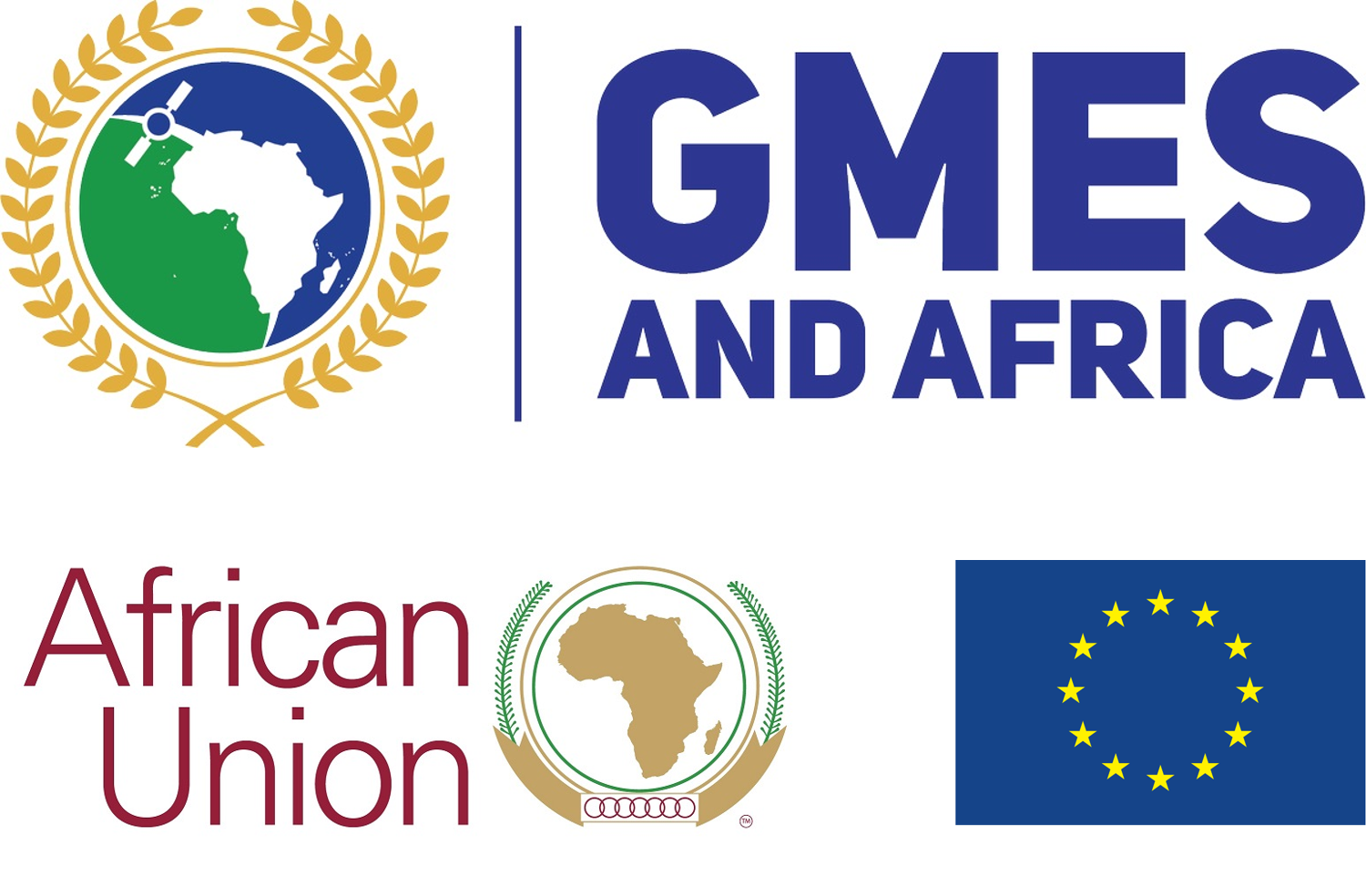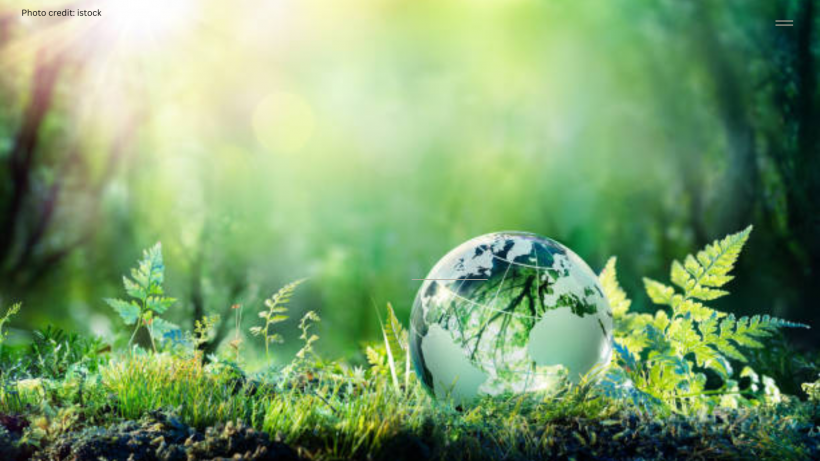As Earth Day rolls around each year in the month of April, millions of people across the globe come together to raise awareness about environmental issues, promote sustainability, and reflect on the need to protect our planet. Among the many environmental concerns highlighted on this day, one crucial yet often overlooked ecosystem that plays a significant role in maintaining planetary health is wetlands. The link between Earth Day and wetlands management is both vital and profound, highlighting how crucial these ecosystems are for addressing climate change, preserving biodiversity, and safeguarding water resources.
In alignment to the goal of protecting and managing wetlands, one of SASSCAL’s notable initiative- the WeMAST (Wetlands Management and Sustainability) Project has conducted several trainings to key stakeholders on how to access, validate and utilize Earth Observation Data in wetlands assessment and management. Funded by the African Union (AU) and the European Union (EU), WeMAST is dedicated to improving the conservation and management of wetlands across Southern Africa. The project supports the sustainable use of wetlands, employing innovative tools like Earth observation data through a geoportal that helps monitor wetland health in real-time. By empowering local communities and governments with scientific data and training, WeMAST is significantly contributing to the restoration and sustainable management of wetlands, which is essential for mitigating climate change, improving biodiversity, and ensuring clean water resources.
The Importance of Wetlands
Wetlands, which include marshes, swamps, and bogs, are some of the most productive and biodiverse ecosystems on Earth. They provide a range of essential services to both humans and wildlife. Wetlands are nature’s sponges, absorbing and storing water, which helps to mitigate floods and regulate water cycles. They also serve as carbon sinks, sequestering carbon dioxide from the atmosphere and playing a pivotal role in combating climate change.
These ecosystems are home to a wide variety of plant and animal species, many of which are found nowhere else on Earth. Wetlands act as nurseries for fish and wildlife, providing breeding, feeding, and resting grounds for countless species. Additionally, they filter pollutants from water, improving water quality and ensuring clean water supplies for millions of people.
Despite their importance, wetlands are under threat. Urban development, agriculture, industrial pollution, and climate change are all contributing factors to the degradation and loss of wetlands worldwide. According to the Ramsar Convention, an international treaty focused on wetland conservation, over 64% of the world’s wetlands have been lost since the 1900s.
Earth Day: A Platform for Change
Earth Day, first celebrated in 1970, was established with the aim of increasing environmental awareness and action. The event has since evolved into a global movement, with millions of people, governments, and organizations participating in initiatives to promote sustainability and protect the environment. Each year, Earth Day’s theme highlights a specific environmental issue, and in recent years, wetlands management has become an increasingly important focus.
The connection between Earth Day and wetlands management is clear: Earth Day encourages action to protect the planet’s natural resources, and wetlands are a key component of that protection. The celebration of Earth Day provides a global platform to raise awareness about the critical role wetlands play in our ecosystems and the need to preserve and restore them for future generations.
The Link Between Wetlands and Climate Change
One of the most urgent environmental challenges we face today is climate change. Wetlands are among the most effective natural systems in mitigating climate change, as they store vast amounts of carbon in their soils and vegetation. When wetlands are drained or degraded, this stored carbon is released into the atmosphere, contributing to global warming.
A significant portion of the Earth’s carbon stock is stored in wetland soils, particularly in peatlands, which contain more carbon than all of the world’s forests combined. Protecting and restoring wetlands is therefore an essential strategy in the fight against climate change. By preserving these ecosystems, we can help maintain their ability to sequester carbon, prevent flooding, and regulate water cycles, all of which are critical in mitigating the impacts of climate change.
Wetlands and Biodiversity
Wetlands are also hotspots for biodiversity. They support a wide range of species, from migratory birds to amphibians, fish, and rare plants. In fact, wetlands are home to approximately 40% of the world’s species, many of which are at risk of extinction due to habitat loss. The degradation of wetlands leads to the loss of these vital habitats, causing irreparable harm to biodiversity.
On Earth Day, the importance of wetlands for wildlife conservation is highlighted, as their preservation is essential for maintaining global biodiversity. Wetlands provide critical breeding and feeding grounds for migratory birds, serve as sanctuaries for endangered species, and support a wide variety of plants and animals that depend on wetland ecosystems.
SASSCAL’s Efforts Through the WeMAST Project
As part of the global push to protect wetlands and mitigate the environmental challenges posed by climate change, the Southern African Science Service Centre for Climate Change and Adaptive Land Management (SASSCAL) has taken significant steps to drive wetland conservation through the WeMAST (Wetlands Management and Sustainability) Project. Funded by the African Union (AU) and the European Commission (EC), this project is dedicated to the conservation and sustainable management of wetlands across Southern Africa.
The WeMAST Project is focused on ensuring that wetlands, which play a crucial role in both biodiversity conservation and climate change mitigation, are effectively managed and preserved. The project involves collaboration among governments, environmental organizations, and local communities, aiming to provide science-based solutions for the restoration and sustainable management of wetlands.
One of the key initiatives of WeMAST is the development of a geoportal that enables real-time monitoring and analysis of wetland conditions using Earth observation data. This innovative tool supports better decision-making by providing stakeholders with detailed information on the health of wetlands, their ecosystems, and the services they provide. By leveraging advanced data technologies, the WeMAST Project is making it easier for authorities to assess, restore, and manage wetland areas effectively.
In addition to its technological advancements, WeMAST also focuses on building the capacity of local communities, governments, and other stakeholders. Through training programs, workshops, and outreach activities, the project is enhancing the knowledge and skills needed to protect and sustainably manage wetland ecosystems in Southern Africa. The project’s holistic approach underscores the importance of community involvement and local expertise in the long-term conservation of wetlands.
Wetlands Management: A Call to Action
Effective wetlands management is crucial for the conservation and restoration of these vital ecosystems. Several organizations and initiatives are actively working on wetlands protection, including the Ramsar Convention, the Convention on Biological Diversity, and various local and international environmental groups. These organizations aim to raise awareness, advocate for policy changes, and support on-the-ground restoration projects.
Earth Day serves as an opportunity to call for stronger policies, increased funding for wetlands conservation, and greater public involvement in wetlands management. This can include supporting local wetland restoration projects, advocating for stronger environmental regulations, and promoting sustainable land-use practices that protect wetland areas.
For instance, the WeMAST Project, which focuses on the conservation and sustainable management of wetlands in Africa, is an example of a project that aligns with Earth Day’s goals. Initiatives like WeMAST promote the use of geoportal technologies for Earth observation data, enabling better management of wetlands by providing real-time data on wetland health and helping governments and organizations make informed decisions about wetland conservation.
Earth Day is a reminder that the protection of our planet requires collective action, and wetlands management is an essential part of that effort. By recognizing the vital role wetlands play in sustaining life, regulating water systems, combating climate change, and preserving biodiversity, we can work towards a more sustainable and resilient future. As we observe Earth Day each year, we are reminded of the importance of protecting wetlands and the urgency of acting to preserve them for generations to come.
Whether it’s through advocating for stronger protections, supporting restoration efforts, or educating others on the importance of wetlands, every action taken helps to ensure that these critical ecosystems remain intact, helping to protect both the planet and all the life it sustains. Thanks to projects like WeMAST, which are backed by the African Union and the European Commission, there is a growing global effort to protect wetlands for the benefit of current and future generations.




Leave a Reply